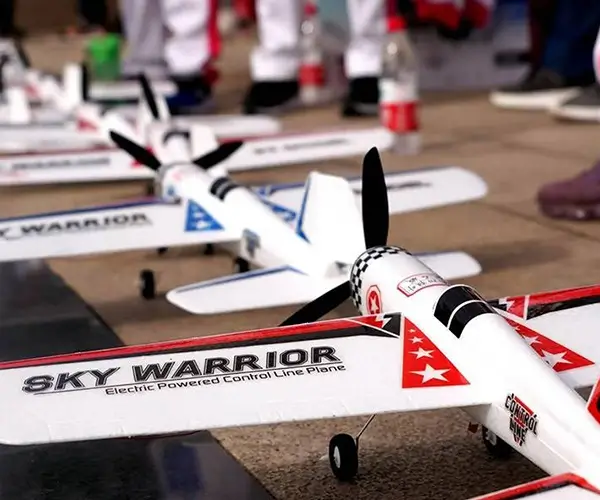Imagine this: you’re standing in front of a robot you built yourself. Its arm moves precisely, lifting, rotating, and responding to your commands. It’s a satisfying feeling — not just for tech enthusiasts, but for anyone curious about how machines and automation work. Today, the key to unlocking that magic lies in understanding how to control a servo motor with an Arduino.

Servo motors are tiny, powerful, and incredibly versatile sources of motion. They can rotate exactly to specific angles, making them perfect for robotics, remote-controlled vehicles, automation projects, and even art installations. If you're just starting out in electronics or robotics, mastering the servo motor is a fundamental step—and Arduino, the popular open-source microcontroller board, is your ideal companion for this journey.
What is a Servo Motor?
Before diving into the “how,” let’s briefly discuss what a servo motor actually is. Unlike simple DC motors, which spin continuously when powered, servo motors are designed for precise control and positioning. They consist of a motor, a feedback sensor (usually a potentiometer), and a control circuit inside a compact package.
The core idea is that the servo motor can turn to a specific position or angle upon command. For instance, you can tell it to turn 90 degrees or 180 degrees, and it will do so accurately and hold that position. This makes them perfect for applications that require precision, such as robotic arms, camera gimbals, or even small automated curtains.
The Components You Need
To move a servo motor with Arduino, you’ll need a few key components:
Arduino Board: Such as Arduino Uno, Nano, or any compatible microcontroller. Servo Motor: Standard servo, like the SG90 or MG996R, based on your project’s requirements. Breadboard and Jumper Wires: For easy and clean connections. Power Supply: Usually, the Arduino’s 5V output is enough for small servos, but larger ones may need an external power source. Resistors and Connecting Components: When necessary, for signal stabilization and safety.
How does a servo motor work with Arduino?
At its core, controlling a servo with Arduino involves sending it a PWM (Pulse Width Modulation) signal. Unlike digital signals that are simply HIGH or LOW, PWM signals vary in pulse duration to control the position of the servo.
The Arduino has a built-in library called Servo.h, which simplifies this process. It abstracts the complex timing details and provides an easy-to-use interface to send commands like servo.write(angle).
Next, let's understand the basic wiring.
Wiring the Servo to Arduino
Connect the Power Pins: Typically, the red wire (VCC) of the servo connects to the 5V pin on Arduino. The black or brown wire (ground) connects to GND. Connect the Signal Pin: The yellow, white, or orange wire (signal) connects to a PWM-capable digital pin on Arduino (e.g., pin 9).
Here’s a quick wiring summary:
Servo Pin Arduino Pin VCC (Red) 5V GND (Black/Brown) GND Signal (Yellow/White/Orange) Digital Pin 9 (or any PWM pin)
Make sure to double-check your servo’s datasheet, as wire colors may vary.
Basic Arduino Code for Moving the Servo
Here’s a simple sketch to get your servo moving:
#include Servo myServo; // create servo object void setup() { myServo.attach(9); // attaches the servo on pin 9 } void loop() { myServo.write(0); // tell servo to go to position 0 degrees delay(1000); // waits for a second myServo.write(90); // move to 90 degrees delay(1000); myServo.write(180); // move to 180 degrees delay(1000); }
This code sends the servo to three different positions with a one-second delay in between. Fine-tuning and experimenting with different angles is how you start customizing your projects.
Testing and Troubleshooting
When you upload the code and power your setup, the servo should move to each position in sequence. If it doesn’t:
Check connections carefully. Ensure your power supply can handle your servo’s current requirements. Verify that your servo is compatible with 5V logic. Look out for jitter or erratic behavior, which might indicate power issues or signal interference.
That’s the first part of mastering servo control with Arduino! Next, we’ll explore more sophisticated movements, adjusting speed, adding sensors for feedback, and integrating servos into creative projects like robotic arms and automated systems.
Stay tuned for part 2, where we elevate your servo-motor skills from simple movements to complex, multi-servo mechanisms that can truly bring robots to life.
Let's continue with the second installment in the next message!
Established in 2005, Kpower has been dedicated to a professional compact motion unit manufacturer, headquartered in Dongguan, Guangdong Province, China.




































